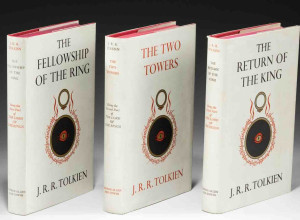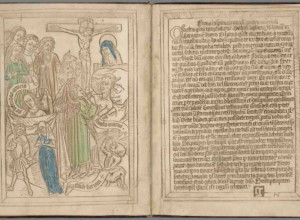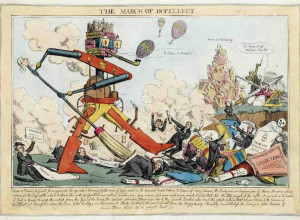December 28, 2015 |
Eye on Emblem-Books
 For those of you with an interest in emblem-books--a special type of illustrated book popular in the sixteenth and seventieth centuries that paired an image with a pithy moral lesson--you would do well to take note of both Professor Peter M. Daly's 2014 book, The Emblem in Early Modern Europe, and Dr. Maureen E. Mulvihill's handsomely illustrated review essay published in Appositions 8 (2015). Mulvihill discusses the lively, short-lived vogue of emblem-books in early-modern Europe, writing, "The emblem was a particularly robust genre, and entire books of these enigmatic designs (early anthologies, really) soon established themselves as reliable guides, competing favorably with such specialized texts as bibles, missals, breviaries, hagiographies, and the perfunctory conduct manual." Moreover, her review brings fresh attention to a little-known cache of rare emblem-books at the Ringling Art Library in Sarasota, Florida, some with distinguished provenances in such respected collectors as John Ringling, founder of the Ringling Museum of Art, and Robert Hoe, first president of the Grolier Club. As Mulvihill emphasizes, emblem-books matter to book historians and specialists in the Book Arts for the genre's ingenious conflation of didactic text and engaging image; and, of course, for their impressive printing and page designs, by Plantin in Antwerp, among others.
For those of you with an interest in emblem-books--a special type of illustrated book popular in the sixteenth and seventieth centuries that paired an image with a pithy moral lesson--you would do well to take note of both Professor Peter M. Daly's 2014 book, The Emblem in Early Modern Europe, and Dr. Maureen E. Mulvihill's handsomely illustrated review essay published in Appositions 8 (2015). Mulvihill discusses the lively, short-lived vogue of emblem-books in early-modern Europe, writing, "The emblem was a particularly robust genre, and entire books of these enigmatic designs (early anthologies, really) soon established themselves as reliable guides, competing favorably with such specialized texts as bibles, missals, breviaries, hagiographies, and the perfunctory conduct manual." Moreover, her review brings fresh attention to a little-known cache of rare emblem-books at the Ringling Art Library in Sarasota, Florida, some with distinguished provenances in such respected collectors as John Ringling, founder of the Ringling Museum of Art, and Robert Hoe, first president of the Grolier Club. As Mulvihill emphasizes, emblem-books matter to book historians and specialists in the Book Arts for the genre's ingenious conflation of didactic text and engaging image; and, of course, for their impressive printing and page designs, by Plantin in Antwerp, among others. Image: Title-page of a famous emblem-book: the Emblemata of Andrea Alciati (Antwerp: Plantin, 1531; over 100 issues). Courtesy of the University of Illinois-Urbana's Emblematica Online.















